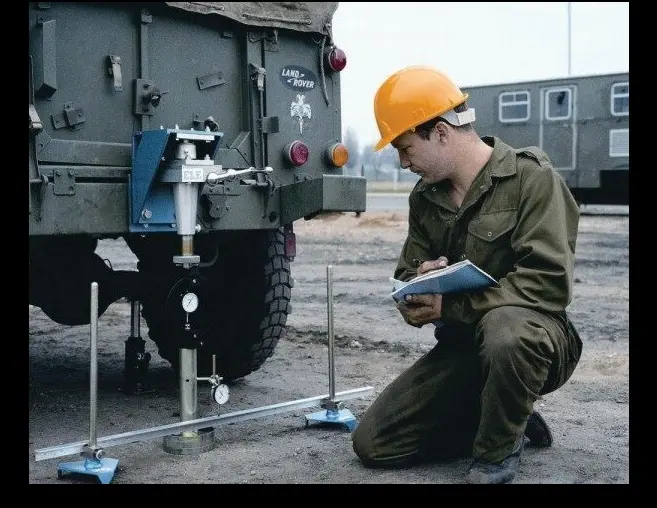In road construction, ensuring the strength and durability of the road surface is paramount to creating long-lasting, safe, and effective transportation infrastructure.
One of the essential tests that engineers use to assess the suitability of the soil and materials in road foundations is the California Bearing Ratio (CBR) test.
CBR testing plays an important role in determining the load-bearing capacity of the subgrade, sub-base, and base course layers, helping to ensure the road remains strong, durable, and resistant to damage over time.
What is CBR Testing?
The California Bearing Ratio (CBR) test is a penetration test that measures the strength of soil or aggregate materials by simulating the conditions a road will face during its use. The test involves pressing a standardized plunger into a prepared sample of soil or aggregate material and measuring the pressure required to achieve a specific penetration depth. This measurement is then compared to the pressure required to achieve the same depth in a standard crushed rock sample, providing a ratio that indicates the material’s bearing capacity.
The higher the CBR value, the stronger and more stable the material is, which directly influences the thickness and quality of the pavement layers needed to support traffic loads.
Role of CBR Testing in Road Construction
1. Determining Subgrade Strength
CBR testing helps to assess the strength of the subgrade, which forms the foundation of the road. Weak subgrade materials with low CBR values require additional pavement layers to provide sufficient support. Without this information, there is a risk that the road could be under-designed, leading to premature failure, cracks, and potholes. By accurately evaluating the subgrade, engineers can design appropriate pavement thickness to distribute traffic loads effectively, ensuring long-term stability.
2. Designing Appropriate Pavement Layers
The results of a CBR test guide engineers in deciding the thickness and composition of each road layer, including the sub-base, base, and surface layers. Suppose the underlying soil is weak (i.e., it has a low CBR value). In that case, engineers may need to add thicker or more robust layers of material, such as gravel or crushed rock, to compensate for the reduced bearing capacity. This ensures that the road surface will not deform or settle under the pressure of heavy vehicles.
3. Preventing Overdesign and Cost Efficiency
CBR testing also prevents the unnecessary overdesign of roads. Road constructors might overestimate the required pavement thickness without testing, leading to higher material costs and construction time. CBR testing allows for precise design, optimizing material use without compromising the road’s durability. This balance between cost-effectiveness and durability is crucial for large-scale road projects where resources must be managed efficiently.
Read More: Exploring Melbourne CBD: The Benefits and Best Locations for Furnished Apartments
4. Enhancing Load-Bearing Capacity
Road surfaces must withstand continuous pressure from vehicles, especially in areas with high traffic volumes or where heavy trucks regularly pass. CBR testing ensures the road has enough load-bearing capacity to handle these stresses without excessive deformation. This is especially important for highways, industrial roads, and airport runways, where the loads are heavier and more frequent. Adequate load-bearing capacity minimizes maintenance needs and prolongs the life of the road.
5. Ensuring Durability and Longevity
By determining the CBR value of soil and road materials, engineers can predict how the road will behave under different conditions, such as heavy rain, freezing, and thawing. Soils with low CBR values can become unstable during wet conditions, causing the road surface to sink or crack. Using CBR testing helps to identify these issues in advance, allowing construction teams to implement solutions such as soil stabilization or drainage systems, thus improving the road’s resilience to environmental factors and ensuring long-term durability.
Conclusion
CBR testing is a vital component in road construction, playing a critical role in ensuring that roads are built to withstand traffic loads, environmental challenges, and the test of time. By providing valuable insights into the strength of the subgrade and materials used, CBR testing helps engineers design cost-effective and durable roads. Road surfaces could suffer from early failure without this test, leading to higher maintenance costs and safety risks. Therefore, CBR testing ensures road stability, durability, and longevity.
Apart from that if you want to know about “Airbnb Rate Of Return For UK Landlords” then please visit our “Real Estate” Category.



